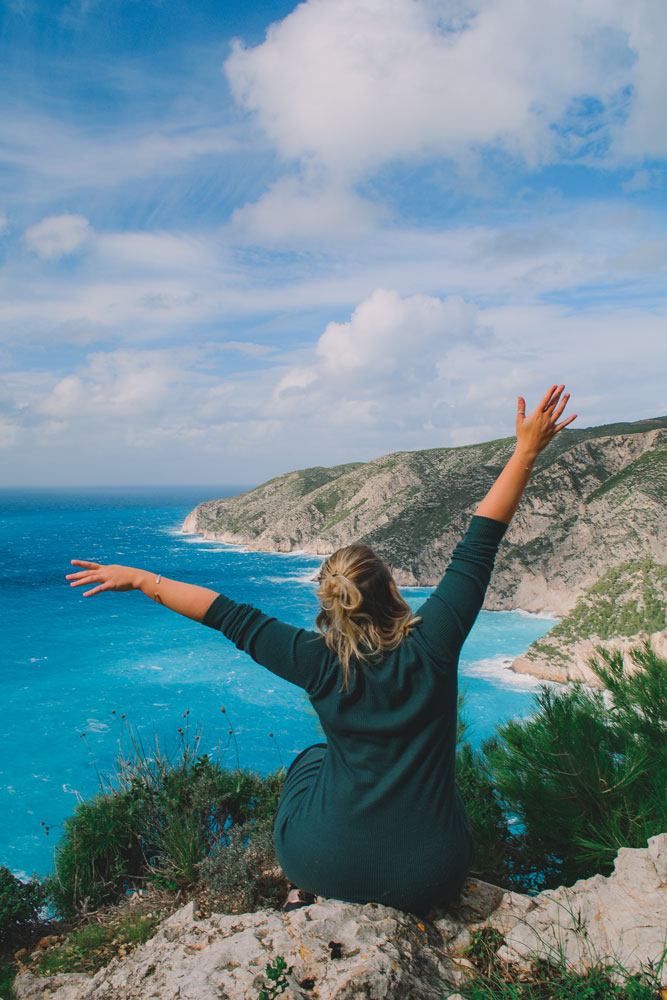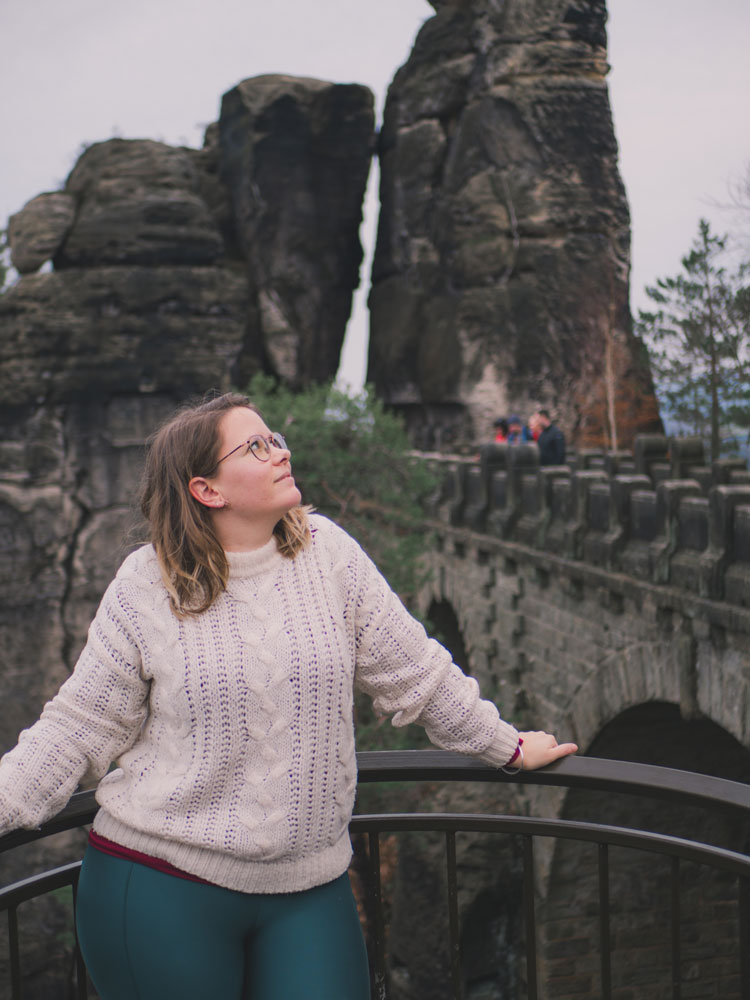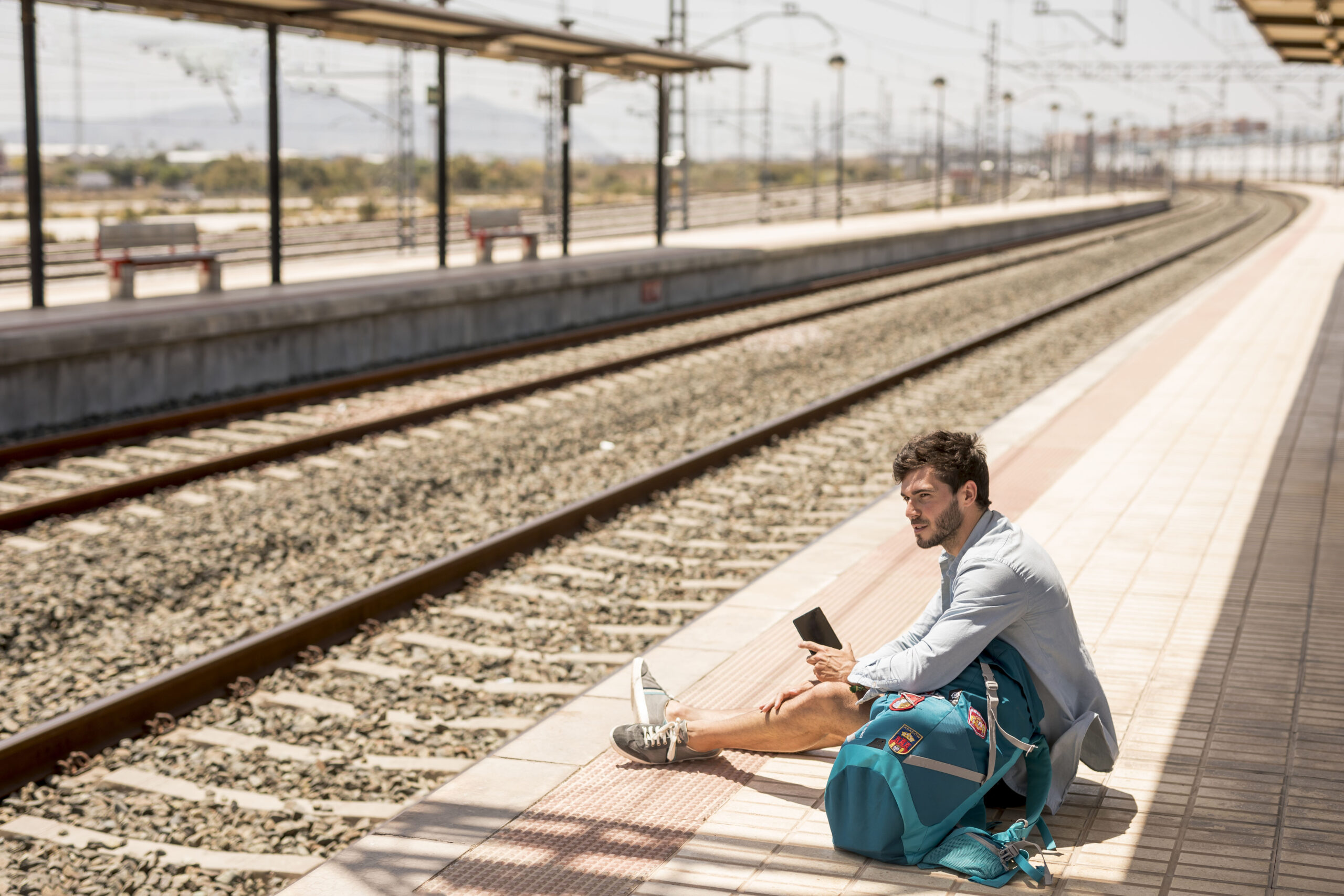The world and the climate are changing, and with it the way we travel. Whereas sun-drenched destinations such as Italy, Greece and Türkiye were the favourites for summer holidays for years, temperatures are slowly becoming slightly unbearable in the summer months, causing us to seek cooler destinations en masse. Think trips to Scandinavia, Canada or Scotland. This is now such a big trend that it has a fancy new name: coolcations. But what exactly does this trend mean for the future of tourism? Is this something we should be worried about, or will it also bring some peace to the overrun destinations that are suffering so much from mass tourism? I’ll explain.
Coolcation: where does it come from?

The term ‘coolcation’ refers to holidays to cooler destinations, especially during the summer. The summer of 2023 in particular played a role in this tilt. Thanks in part to the natural phenomenon El Niño, our beloved sun destinations suffered severely from heat waves and forest fires. I myself was in Izmir, Türkiye, where it was above 40 degrees for weeks. Some days even so far above 40 degrees that it did not go below 40 degrees at night either. Even the sea was around 38 degrees, so it barely provided any cooling. (Neither did the water at Pamukkale – see photo.) The only option left to you then is to sit in the air conditioning all day: happy holidays!
So in 2024, I too made the conscious decision to travel to Italy and France in spring, and spend the summer in the Netherlands instead. (Which of course was disappointing, because Dutch summers are generally pretty dissapointing. But better than the heat.)
A coolcation is just that, the choice to travel to regions with milder temperatures. Think the fjords of Norway, the Scottish Highlands, or the untouched wilderness of Alaska. Research shows that northern countries such as Scandinavia, Iceland and also the Netherlands can expect tourist growth in the coming years, while traditional sunny destinations in southern Europe and North Africa predict a big drop. Indeed, this summer there was already a big growth in summer tourism, with figures ranging between 13% and 49%! Over the year, those figures will be a bit different, as people also choose to travel in the low season. But this does show that coolcations are hot and happening.
The positives of coolcations
As with everything, there are pros and cons to changes. Since coolcations are a relatively new trend, it is difficult to say at this point whether there are more advantages or disadvantages. But here are at least some advantages.
1. Economic growth for new regions
Coolcations actually allow the new regions to grow economically through extra income. For example, there is more demand for hotels, but tours also sell more, local restaurants are full more often and local artists sell their products as souvenirs. These countries do not rely on tourism, but welcome opportunities for extra income. With the knowledge we have about mass tourism and its effects, governments in those countries can ensure that tourism here is better managed from the start, preventing the effects of mass tourism. This way, they will hopefully only get the benefits of tourism, not the drawbacks.
2. Less pressure on populair destinations
Southern holiday destinations like Spain, Greece and Italy have been struggling with mass tourism for years. In the summer of 2024, we saw protests against mass tourism in several places, and if you look around a little bit, you will notice more and more resistance to tourism in crowded destinations. If people flock to these destinations a little less en masse, locals will finally get some space to enjoy their own city or country again.
But in the process, nature also gets a chance to recover. Consider, for example, crowded beaches on Greek islands, where the rocks have been crumbling more and more in recent years under the weight of tourists sitting on the edge. (Guilty, oops.) Plants and grasses that might normally grow on top of them and hold things together with their roots have a chance to grow again when fewer people walk over them. Less tourism also means less pressure on natural resources, such as water, and less waste and pollution.

3. Easier to travel sustainably
A coolcation also offers a way for us travellers to travel more sustainably and consciously. You will encounter more pristine nature and more authentic experiences in less visited destinations. Embrace that, and make sure you make the right sustainable choices right away. Choose local experiences, local restaurants instead of fast food chains and local accommodation instead of chain hotels. Countries that are not yet filled with hotels or resorts for tourists often have even larger areas of untouched nature. This is the chance to make sure we protect those beautiful stretches, by travelling in a conscious way, respecting people and nature.
4. A longer travel season

The fact that people are looking for cooler destinations in summer does not necessarily mean that they will stop going to the old destinations. This has been shifting for years. Whereas the summer season in Europe was July & August for a long time, it has already expanded to April to September or even October. Many people now also choose to go to Scotland for a week in summer, for example, and to Italy for another week in October. So we actually have 2 developments:
- A growing group of tourists who do not (or less) go on holiday in summer, but in the shoulder season
- A growing group of tourists travelling to cooler destinations, leaving popular holiday destinations behind
Both ensure that there is less pressure on these destinations, and thus less mass tourism. Also because the movement of tourists is thus not from South to North, but also from summer to spring/autumn. And so the best thing about this is that the season is longer. So while many holiday destinations are deserted in winter, in more and more places it is possible to enjoy these beautiful destinations for much of the year. It could well be that the season will soon start as early as March and only end in November.
Positive downsides of coolcations
Well, we as humans are very good at repeating mistakes, so there are also many doomsday scenarios where the same problems in the current system just transfer 1:1 to the new holiday destinations. Some possible drawbacks of coolcations:
1. Shift in overtourism
If the increasing flow of tourists to cooler destinations isn’t streamlined soon, we will inevitably face the same mass tourism problems. It only takes one viral social media post, and the following year, a picturesque village like Hallstatt in Austria is swarming with tour buses and ten times as many tourists as the village has residents.
Many northern destinations still have beautiful stretches of pristine nature – a major draw for these places, but also something that can easily be disrupted if suddenly large numbers of people start flocking there. More hikers on the same trails lead to disturbances in the natural environment. Businesses can also become an issue, such as hotels being built in the mountains where normally only a handful of avid hikers might pitch a tent for a night. Cable cars, bus tours, and even the construction of new railway lines to improve accessibility can harm the natural landscape.
Governments need to make conscious decisions here, as businesses quickly see dollar signs with a rise in tourism. Consider also the housing crisis caused by properties being bought up for Airbnb rentals, or building permits being granted only for large resorts instead of homes for local residents. Without proper planning, this is an inevitable problem.

2. Economic impact on warm destinations

Although mass tourism is currently a hot topic and certainly poses significant challenges, there are also destinations that have thrived thanks to tourism. Some places have become truly dependent on it, and if tourism declines too much, there won’t be enough income to sustain them. Unfortunately, it is usually local businesses that are hit the hardest. Large chain hotels can survive by relying on revenue from their other properties or by downsizing to a smaller location with fewer rooms to remain operational. However, a small B&B with only 4 to 6 rooms faces a serious problem if, on average, only 2 rooms are rented out. When such a B&B closes, it often means the owners lose their home as well.
An overly drastic shift isn’t good either. The expected decline is around 3% to 6%, which may not sound dramatic. However, this doesn’t mean that every area will experience just a 3% drop. One village might see a 40% decrease, while a larger city could still experience growth, as people opt for a winter city break instead.
3. Loss of authenticity
More tourists often lead to an increase in chains, as they inevitably follow the money. This can result in the authentic character of these destinations being lost. Local businesses are pushed out by large international companies, and tours are organised by foreigners who have learned the history and culture from Wikipedia. Yet, it’s the authentic experiences that make a destination truly special and allow visitors to genuinely connect with a place.
4. Ecological damage
Unexplored locations, particularly natural areas, can suffer greatly from an increase in tourism. Beyond the construction of hotels in the mountains or the development of new (rail)roads, tours themselves can also negatively impact the local environment. For instance, when hundreds of people walk the same route every day, ecosystems can become damaged.
Animal tours are another concern. In Northern Scotland and the Faroe Islands, you can find puffins, while Norway is home to whales. There is already significant debate about the current tours and how much they prioritise the welfare of these animals. However, if the number of tours suddenly triples, the peace of these animals is seriously disrupted. This can have severe consequences for their populations.
5. Prices will go through the roof
The prices in these new destinations will inevitably rise, and this has two sides:
- It becomes more expensive for us to visit these destinations.
- It becomes more expensive for the local population to buy food.
The first is unfortunate for us, but in the end, holidays are a luxury. The real issue lies with affordability for the local population. This is already happening in various places, with Bali being a prime example. Due to mass tourism, the prices of housing, daily groceries, clothing, and fuel have skyrocketed. For tourists, Bali is still relatively cheap, so they’re willing to pay the higher prices. And that’s precisely the problem.
Since tourists are willing to pay premium prices and there are enough of them to cover the sellers’ expenses, businesses adjust their prices to cater to tourists. The fact that local residents can no longer afford these products is not the businesses’ concern.

What is the most sustainable choice?
Now that you know the pros and cons of coolcations, you’re probably wondering what the best choice is. There’s a saying that “the most sustainable trip you can take is the one you don’t take.” Let me dispel that myth straight away. In winter, you’re in the UK, sitting in a heated house and likely driving everywhere because the weather is dreadful. If you instead take a train to southern Spain or Italy during that time, where you can enjoy walking outdoors or train travel, you’re actually being more sustainable.
Sustainable travel isn’t just about the question of whether to fly or not. Sustainability is also about your daily choices.
This means you can make many conscious decisions, both at home and while travelling. Sustainable travel isn’t black and white; it’s always a balancing act, and you can always make sustainable choices. To keep this article from getting even longer, I’ve written a separate piece on this topic. Read more about your sustainable travel choices here.





0 Comments